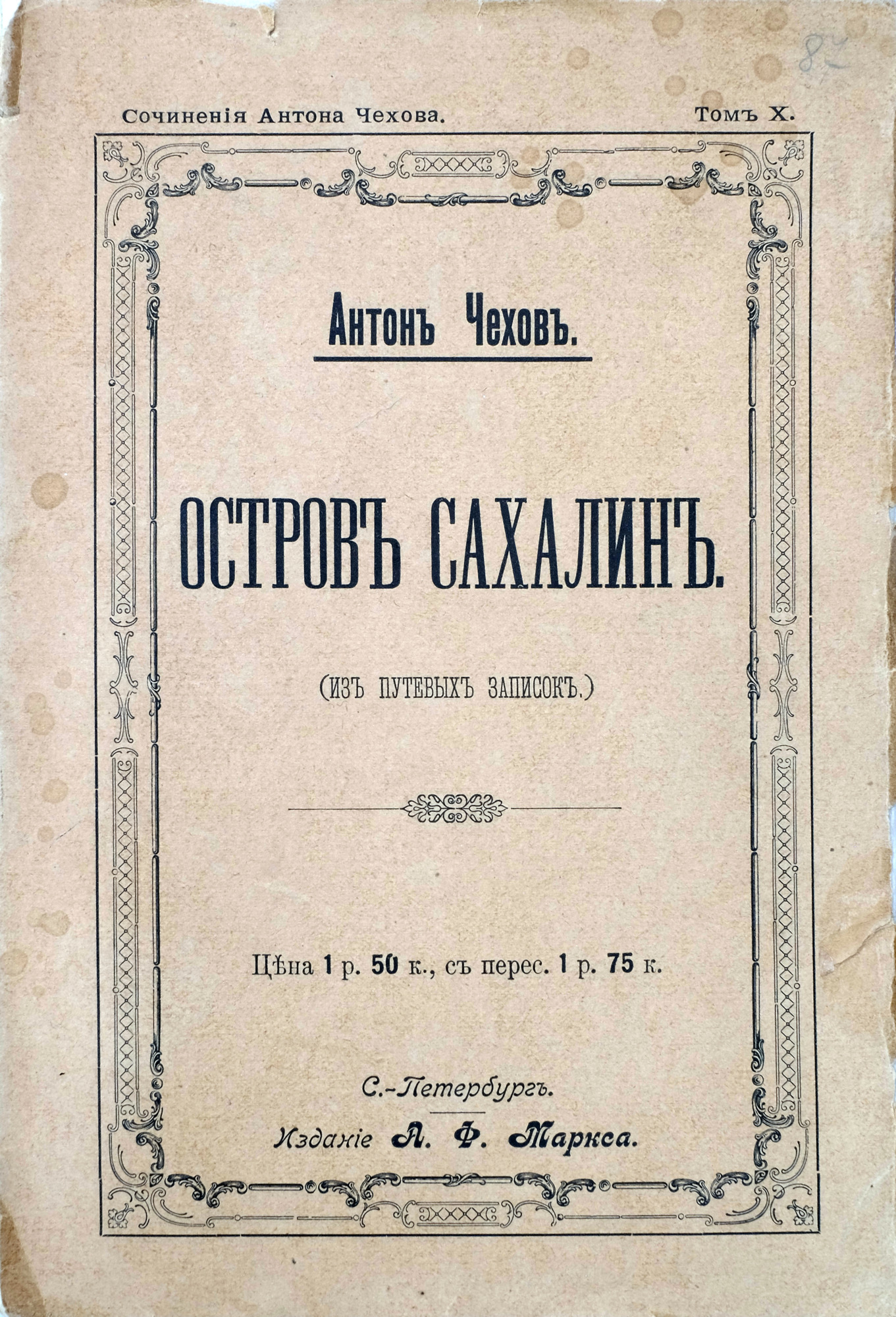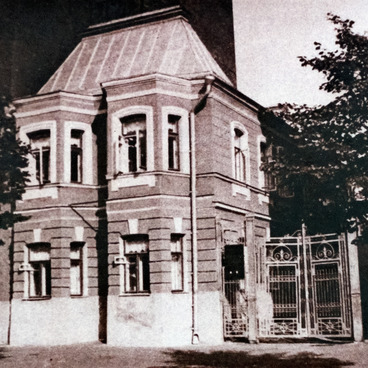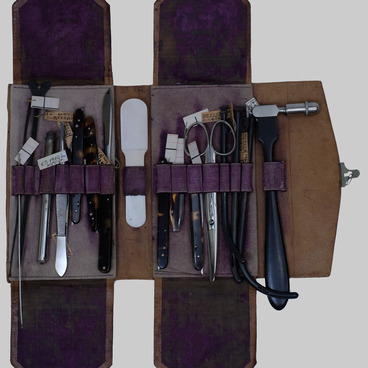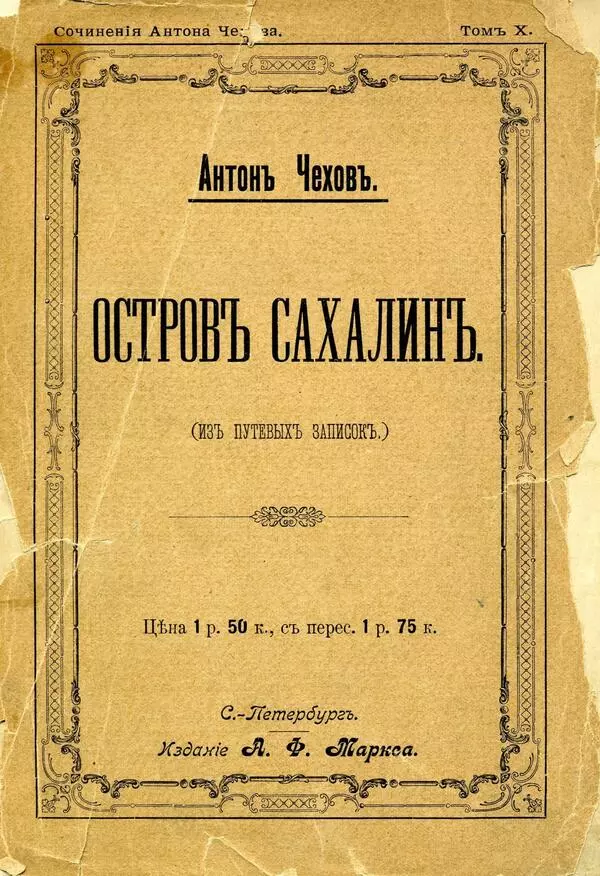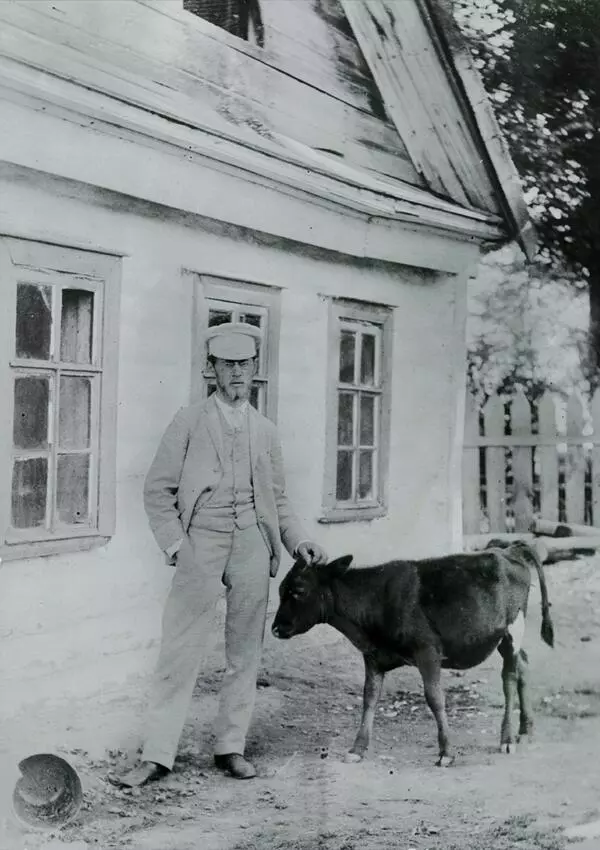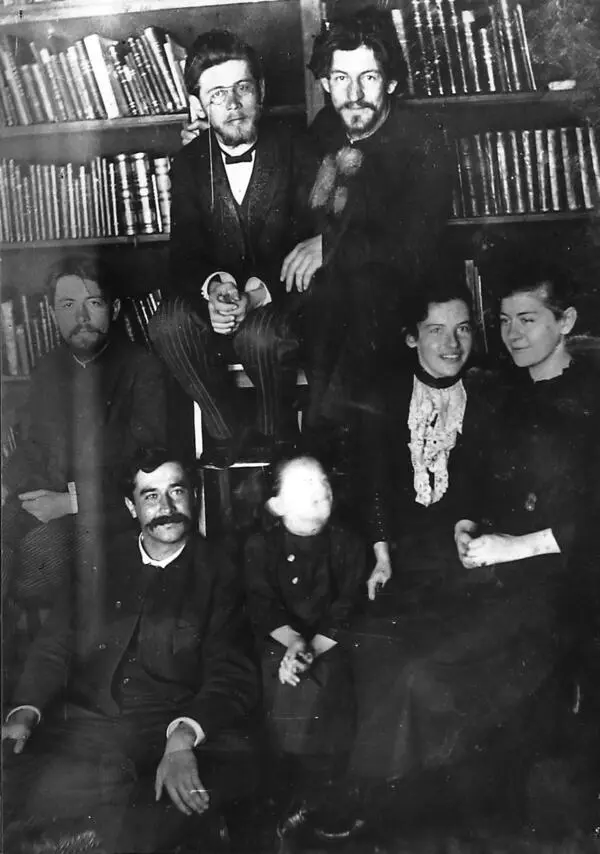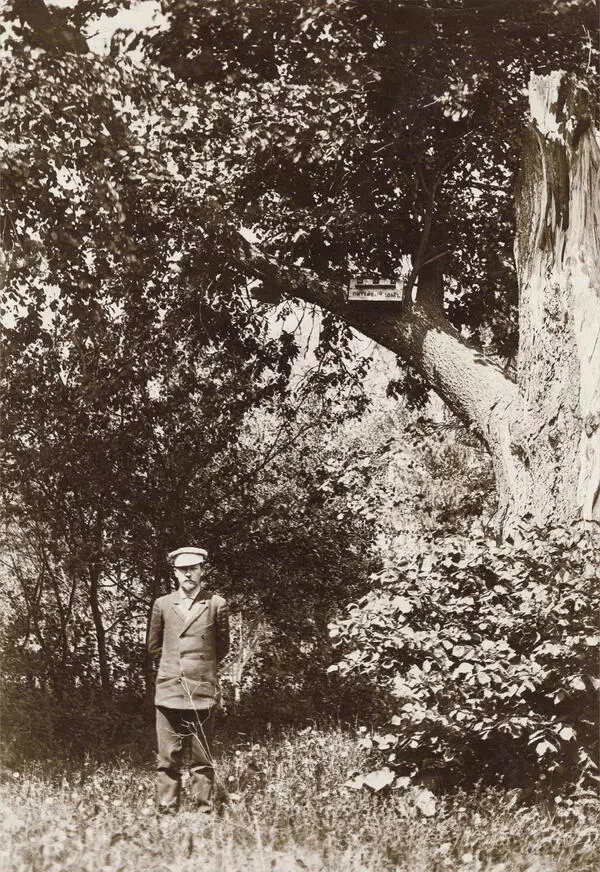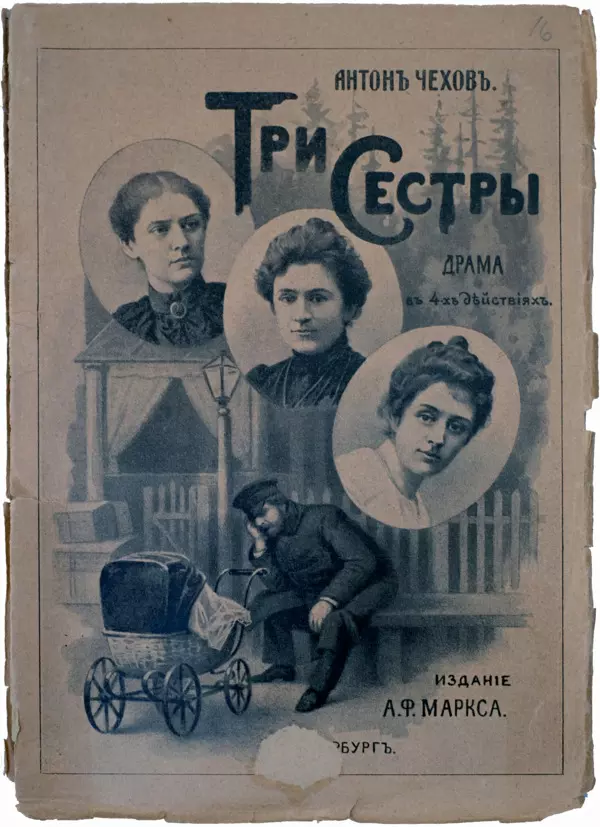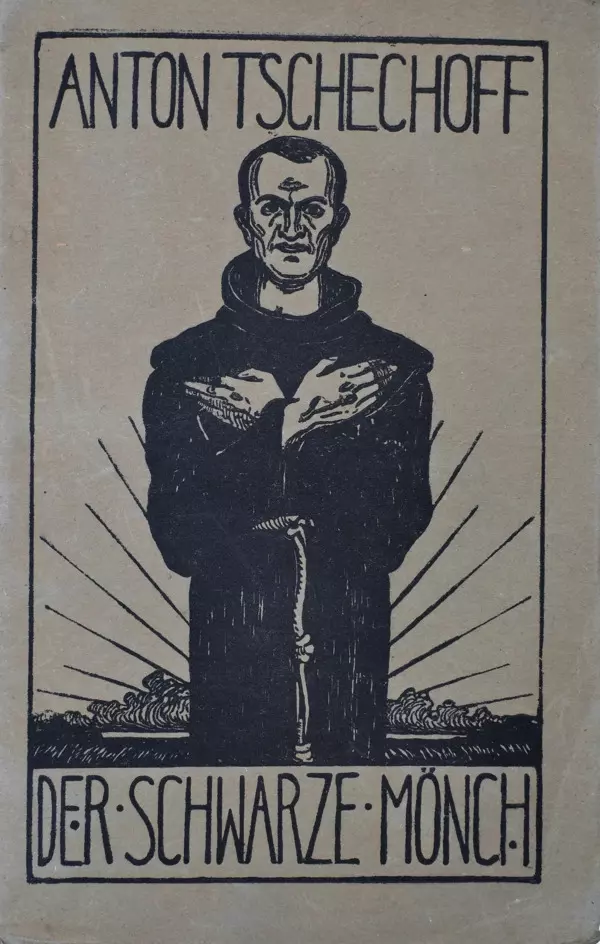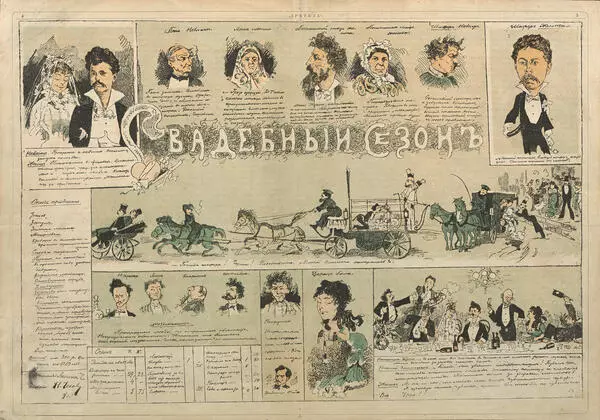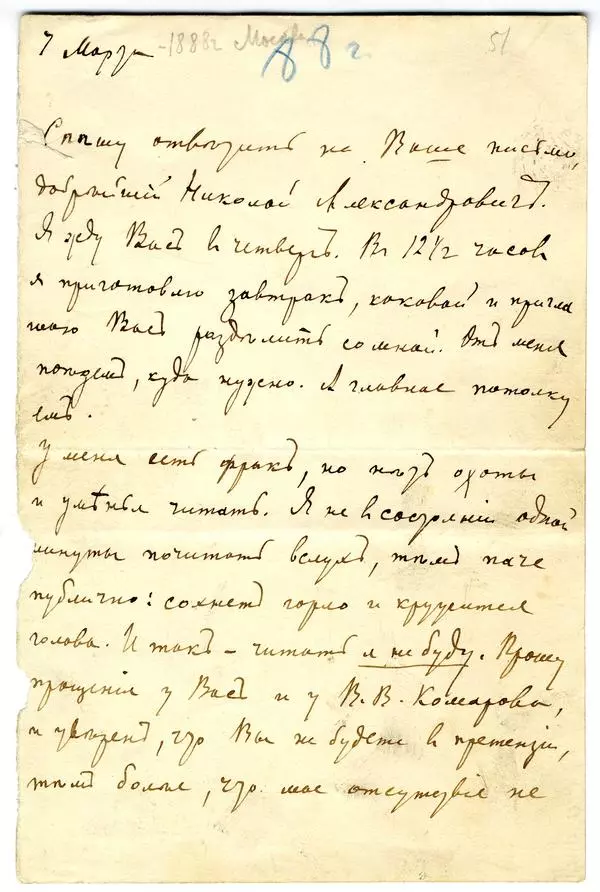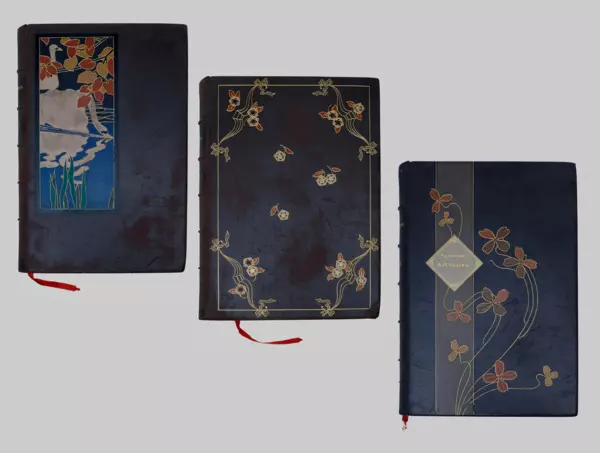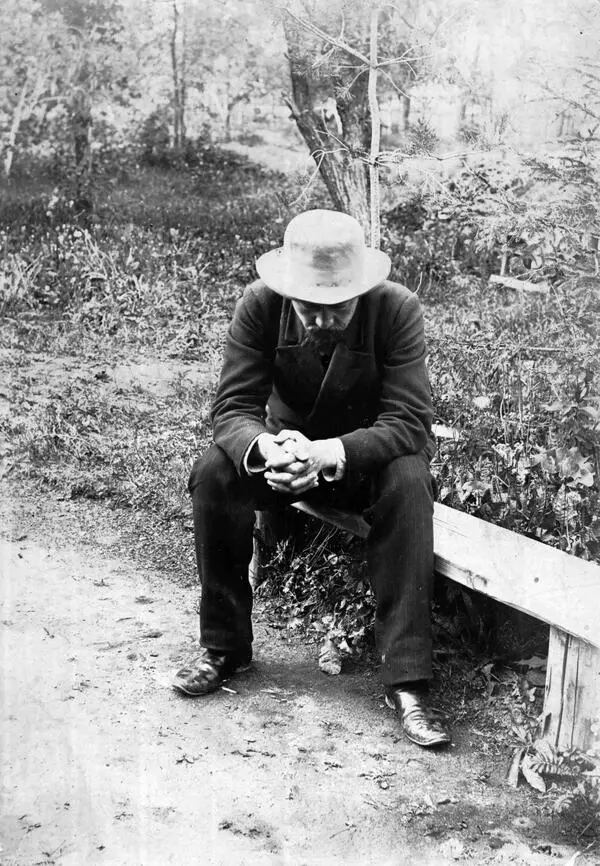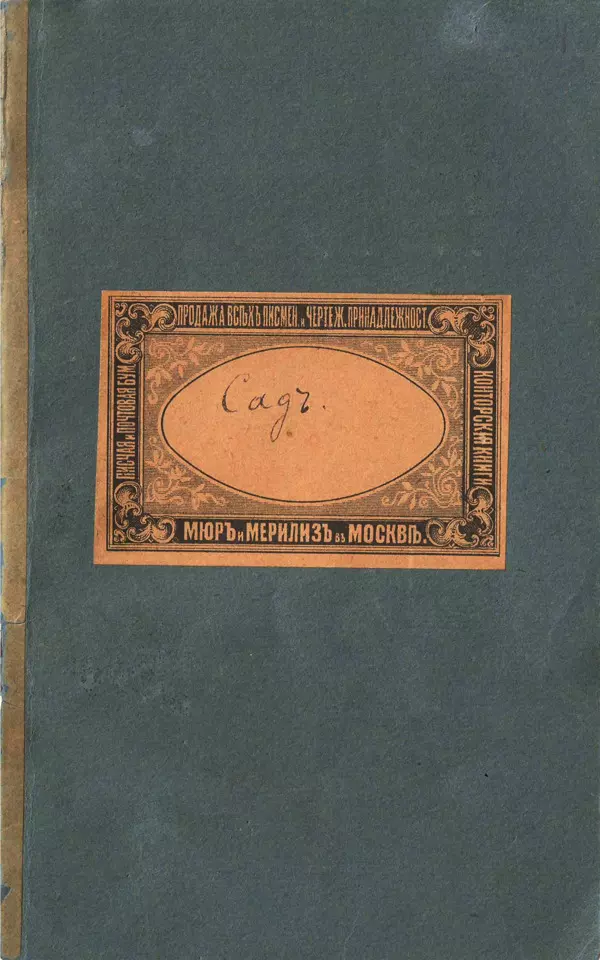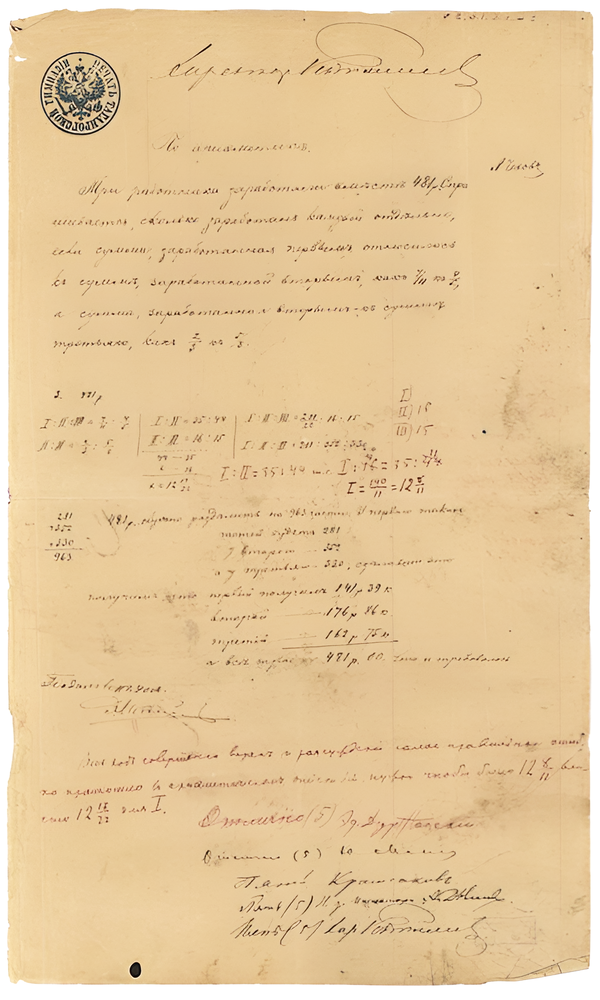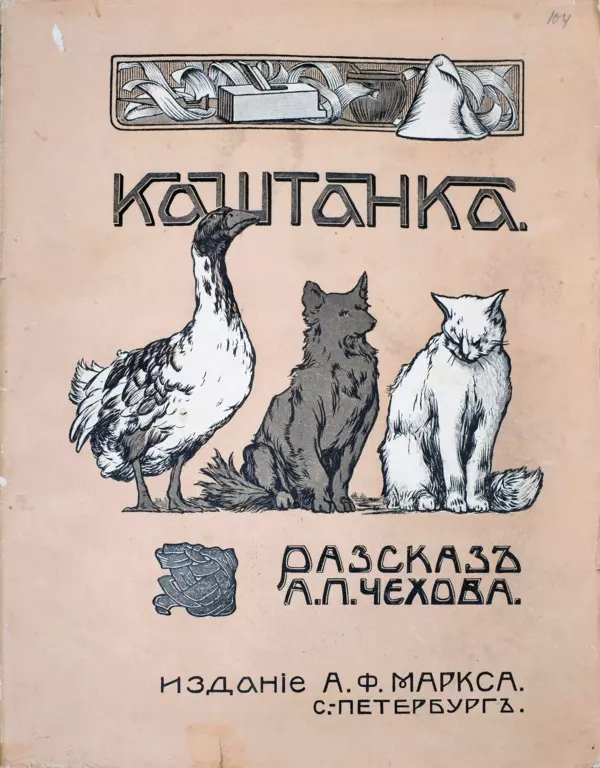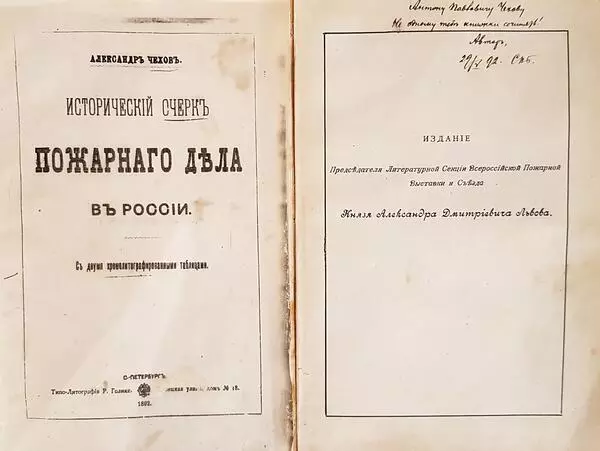Chekhov’s book “Sakhalin Island” is written in travel notes genre. It includes statistics and personal impressions of the trip. Chekhov prepared for this trip very seriously. He studied a whole library of books on various branches of science — history, ethnography, meteorology, ethnography, and many others. He understood that very big trials and meetings with a huge number of people in the vast expanses of the country await him.
In April 1890, at the age of 30, Chekhov left Moscow from the Yaroslavsky railway station to the other end of the country. That time, trains ran only to Tyumen, and the further segment to Sakhalin (almost 2700 miles) Anton Pavlovich had to ride in a cart, in damp and cold weather. At that time, even for a physically healthy person, this journey was akin to a great deed. And the writer’s lungs were struck with tuberculosis. The road to Sakhalin took 81 days, almost 3 months of trial by Russian off-road. In one of the letters sent on the way, Chekhov wrote: ‘My face was covered with fish scales from the rain and wind, … my boots turned into jelly…’. Crossing Siberia, the writer created a series of essays ‘From Siberia’. Ilya Repin admired these peculiar travel notes and equated them with Chekhov’s stories.
In April 1890, at the age of 30, Chekhov left Moscow from the Yaroslavsky railway station to the other end of the country. That time, trains ran only to Tyumen, and the further segment to Sakhalin (almost 2700 miles) Anton Pavlovich had to ride in a cart, in damp and cold weather. At that time, even for a physically healthy person, this journey was akin to a great deed. And the writer’s lungs were struck with tuberculosis. The road to Sakhalin took 81 days, almost 3 months of trial by Russian off-road. In one of the letters sent on the way, Chekhov wrote: ‘My face was covered with fish scales from the rain and wind, … my boots turned into jelly…’. Crossing Siberia, the writer created a series of essays ‘From Siberia’. Ilya Repin admired these peculiar travel notes and equated them with Chekhov’s stories.
